Of all the cities in Poland that I visited during my one-week travels, Kraków was the one I spent the most time in. My main reason for going and staying for three nights was to experience the notorious atmosphere of the old town that – unlike in many other Polish cities – wasn’t destroyed during the Second World War and still stands as it was originally built in the 13th century. And while the old town is remarkable and certainly worth a visit, I found myself being more moved by the less appreciated Kazimierz district; The Jewish Quarter of Kraków and one of the biggest of its kind in Europe.
For over 450 years, the Kazimierz district has been home to the Jewish population of Kraków. It used to be one of the biggest and most active Jewish communities in Europe, but all of that came to an end when the town wall was destroyed in the 19th century and Kazimierz became a part of the larger city of Kraków. The wealthy jews moved to the city, while the poor and most orthodox stayed in Kazimierz and watched as their home took a turn for the worse.

During the Second World War, a part of Kazimierz was turned into a ghetto, where jews were deported to before being sent to concentration camps, where many of them ended their lives tragically. After the war, Kazimierz became dilapidated and gained a bad reputation. But following the fall of communism in 1989 and especially with the release of Steven Spielberg’s Schindler’s List in 1993, the area began to liven up again. Kazimierz gained lots of attention and tourists began to flock in.
Today, Kazimierz is known for its brilliant night life, Jewish cultural centres, the Jewish Culture Festival and Jewish themed cafés and restaurants. In later years, Kazimierz has become the hip part of Kraków – the Soho of Kraków.
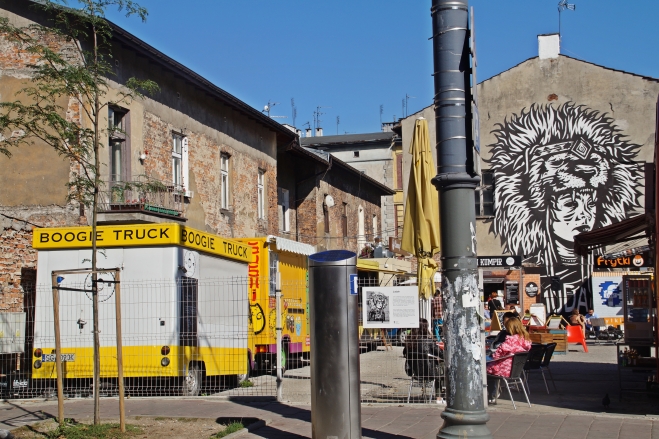
There are countless city tours that will take you around Kazimierz to all the sights, including free walking tours, but I decided to do it myself in order to let myself get lost and hopefully find a hidden gem amongst all the concrete buildings. I don’t know what I missed out on by not going on a tour, but I do know what I gained for going by myself. I spent over 5 hours in the district, and just like I had anticipated (because it always happens even in the smallest town), I got lost and found myself on streets that weren’t even marked on my map. I enjoyed the sights in Kazimierz, but not as much as I enjoyed searching for them.
Kazimierz is a special place and I felt like I got a lot out of my own sightseeing tour because I didn’t just see the main tourist sights (if you can really call them that), I also saw some of the local life going on and was able to sit and reflect on how life in a historical district like Kazimierz must be – and how it once was.
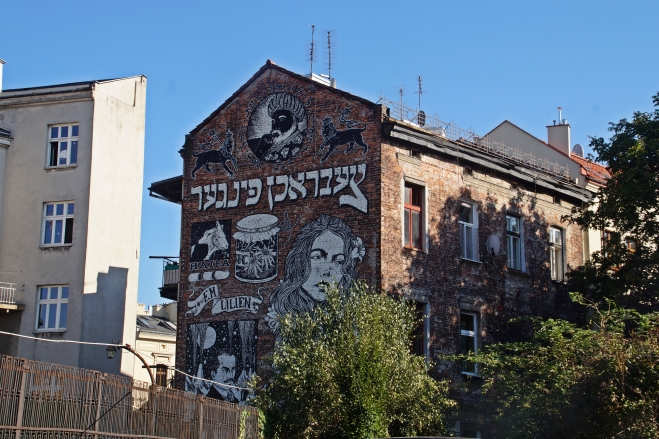
There were a few things that I really wanted to see in Kazimierz and despite getting lost 5-6 times, I managed to see them all before dusk.
My first stop was Plac Nowy, the main square of Kazimierz, where a fruit and vegetable market, food stands and cafés keep the place alive during the day. But when day turns to night, the market square turns into a mecca for partygoers with countless decadent bars that all offer loud music, beer and a bohemian atmosphere.
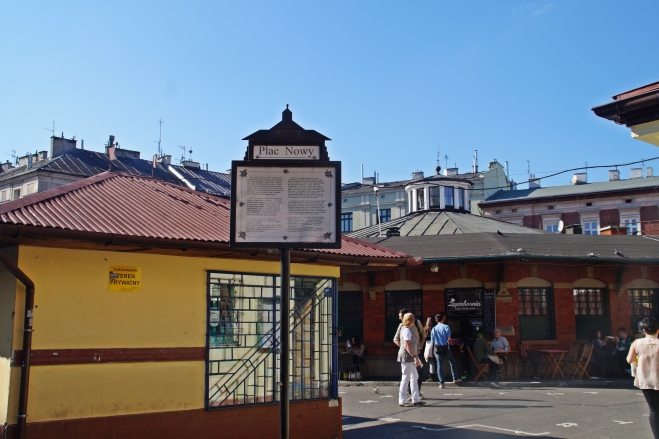
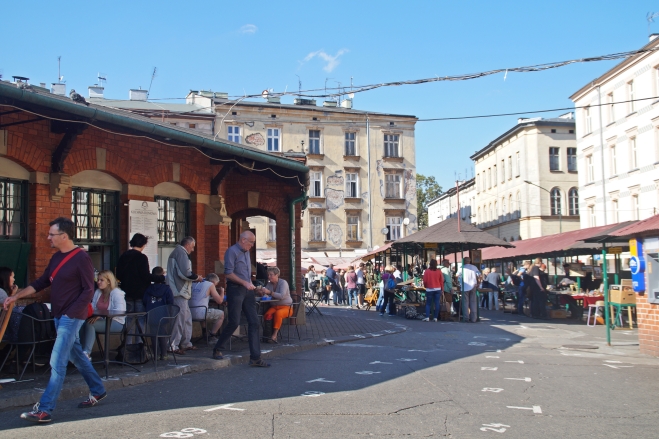
My next stop was the Old Synagogue. Built in the 15th century, this synagogue is the oldest in Poland. During the Second World War, the synagogue was plundered and turned into a warehouse, but today it’s a museum that shows the history of the Jews in Kraków through to holocaust.
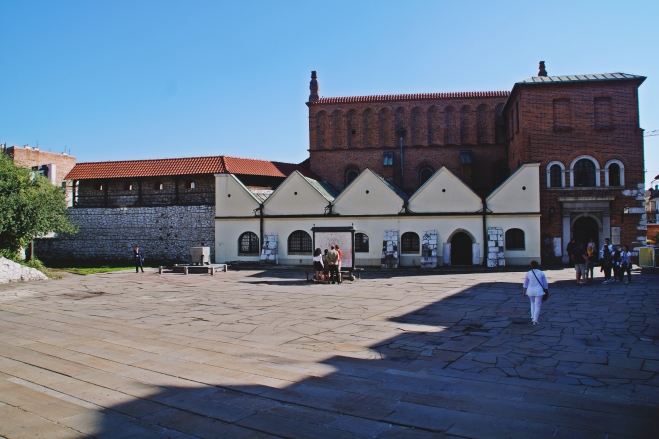
Close by the Old Synagogue lies the Remuh Synagogue with its old cemetery. The cemetery was established in 1535 and is inactive today. It took me a long time to find it despite it being close by, as there were no signposts to guide me and no other tourists around. When I eventually found it, I was overwhelmed by the feeling of desolation amongst the old gravestones that seem to have been forgotten by the surrounding world.

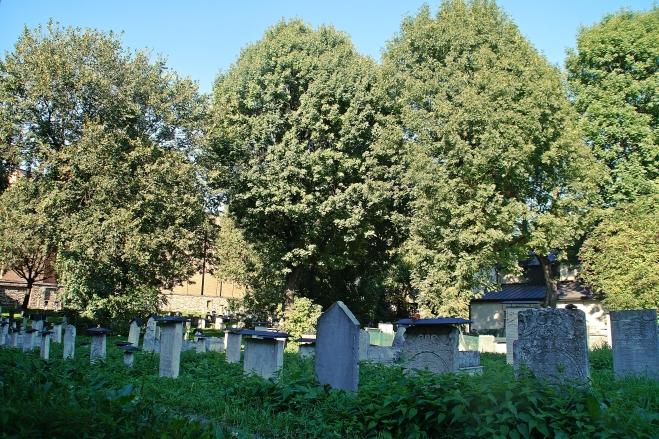
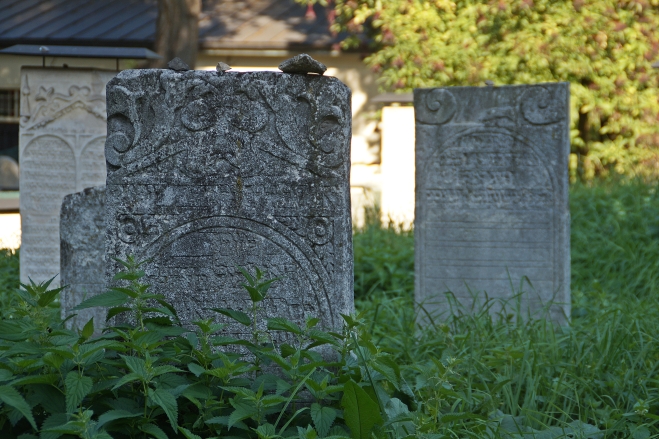
On my walk to the modern cemetery, I came across another interesting synagogue; the Tempel Synagogue. The synagogue was built in the 19th century and is still in use today. Unforuntately, I wasn’t able to enter the synagogue, but with its elegant form and exterior decorations, I must say that this is the most beautiful synagogue in Kraków.
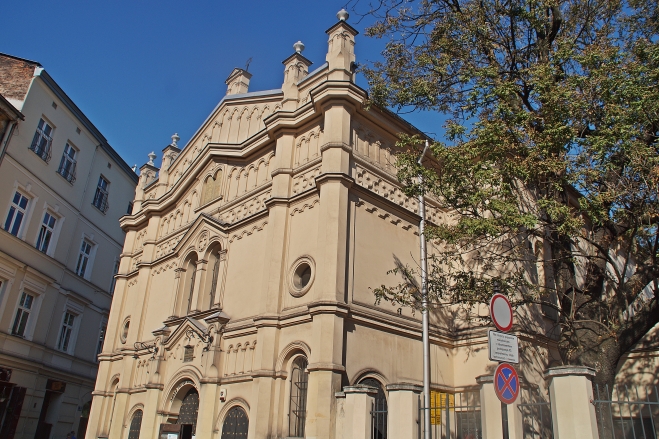
The New Jewish Cemetery in Kazimierz was established in the 19th century and is the only Jewish cemetery in Kraków that is still in use, although it really doesn’t seem like it, as the cemetery is overgrown and cluttered with gravestones all over the place. Nevertheless, there are some really beautiful sepulchral monuments, which are definitely worth visiting the cemetery for.


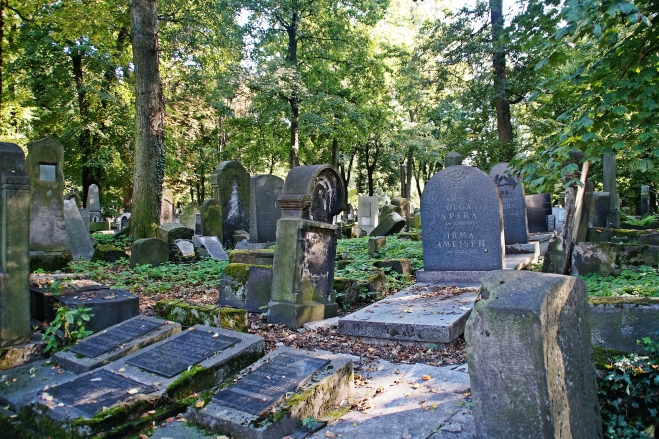
On the other side of the Wisla river lies the Podgórze district, which looks like any other residential area at first glance, but then you notice the many empty steel chairs in the middle of Bohaterów Getta (Ghetto Heroes Square). This is a memorial to Jews from the ghetto and the chairs represent empty chairs that were left behind and are forever waiting for their owners to return. Each chair represents 1000 victims. From this very spot, the Jews were escorted to the train station and deported to concentration camps.
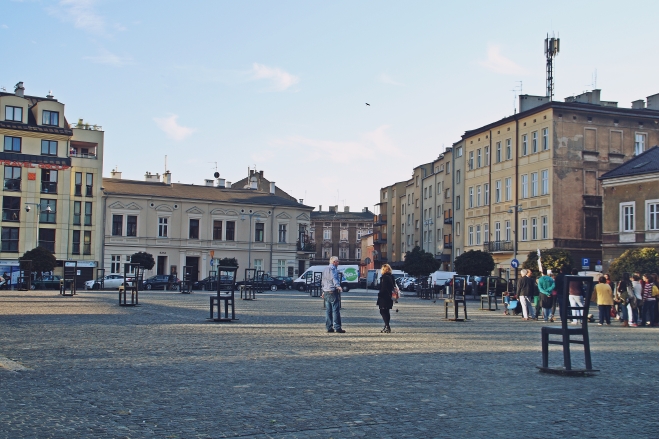
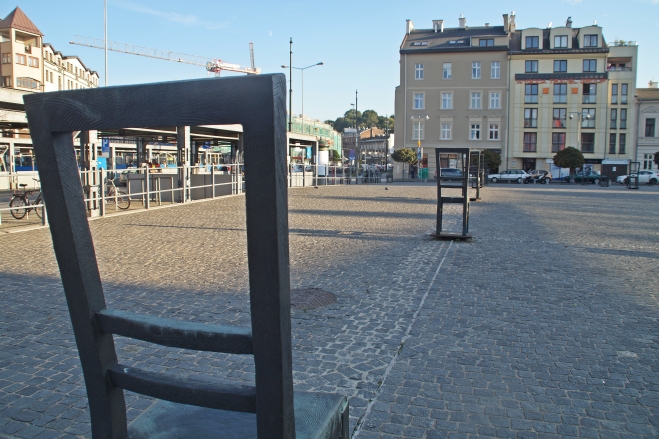
The ghetto was a terrible place to live in with overpopulation, hunger, slave labour and weekly murders. A 3 metre high wall was built around the borders of the ghetto, designed to resemble Jewish gravestones, making it almost impossible to escape. Fragments of the wall remain and can be found on ul. Lwowska in between modern residential buildings.
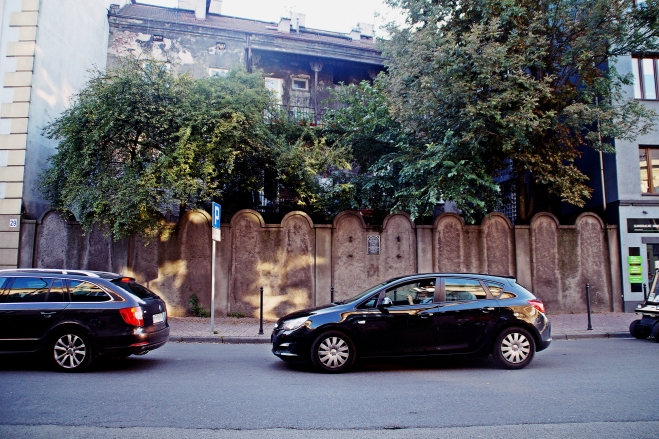
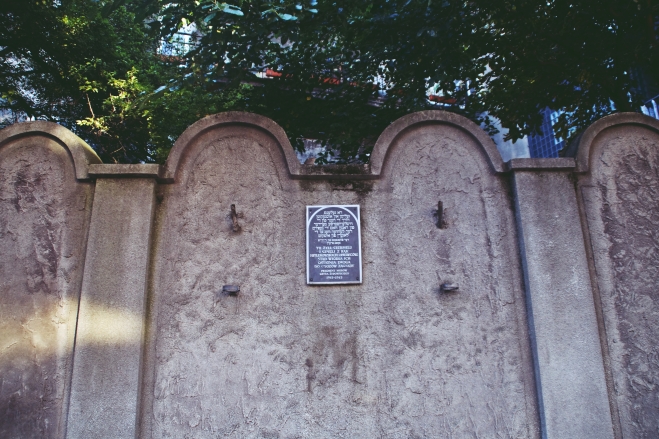
The famous factory of Oskar Schindler was my last stop for the day. During the Second World War, Schindler saved over 1200 Jewish lives by employing them in his enamelware and ammunition factories. His remarkable act was the subject of the 1982 novel Schindler’s Ark and the 1993 film Schindler’s List, the last one making the story known worldwide. Unfortunately, the museum was about to close when I got there, so I only got the chance to look at the exterior, where hundreds of pictures are displayed on a wall – pictures of people whose lives Schindler saved.
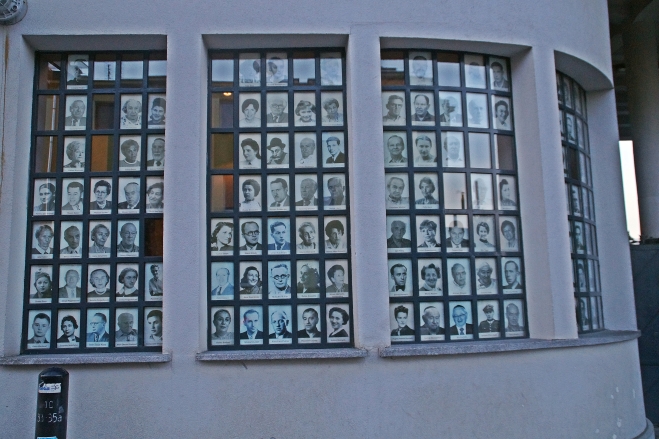
Kazimierz still looks like it did in the days of war, making it an authentic experience for anyone willing to see it with their own eyes. Today, the district is an integrated part of Kraków and is constantly evolving. And yet the buildings all tell a story of a terrible past with events that should never be forgotten, but most importantly, never be relived.
It would be weird to say that I enjoyed sightseeing in Kazimierz, but the experience that I had there just felt so authentic. I felt like I was there, back in time, in the middle of a war zone, seeing it with my own eyes. And it was beautiful. Not aestetically, but because of history that is evidently showing through in every building, around every corner, on every bit of the street that you walk on.
But the district of Kazimierz is not just a reminder of a terrible past, it’s a part of a modern city, a place where people live, a lifestyle for those who’ve lived there for centuries.
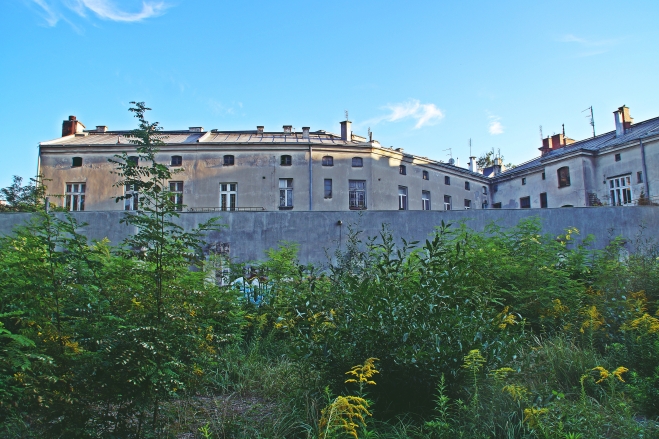
Off to Kraków? Download a city guide for Kraków with GPSmyCity here!
Leave a Comment
Pingback: 15 Favourite New Destinations of 2015 | I Live as I Dream on 07/11/2015
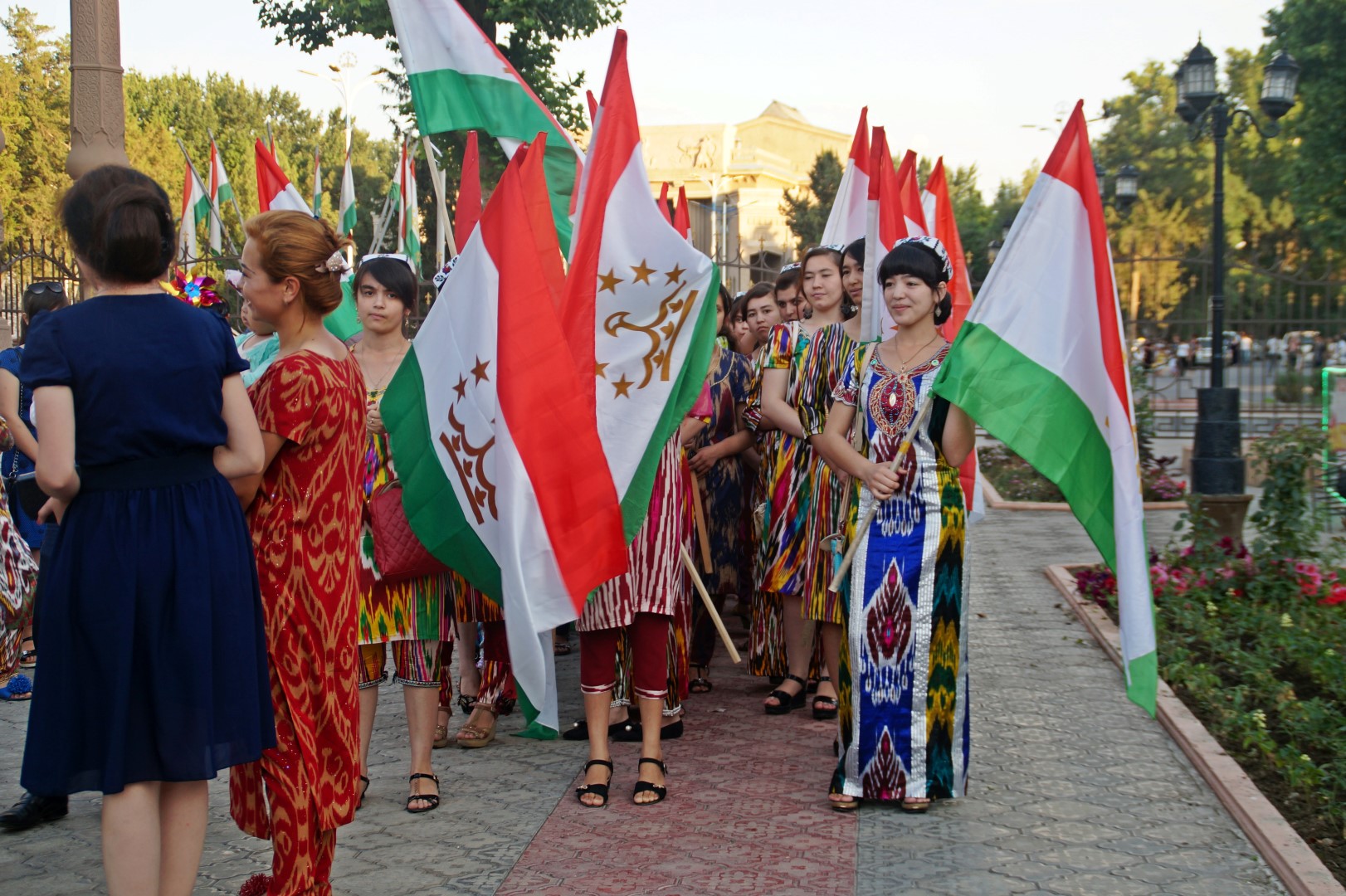


1 COMMENT